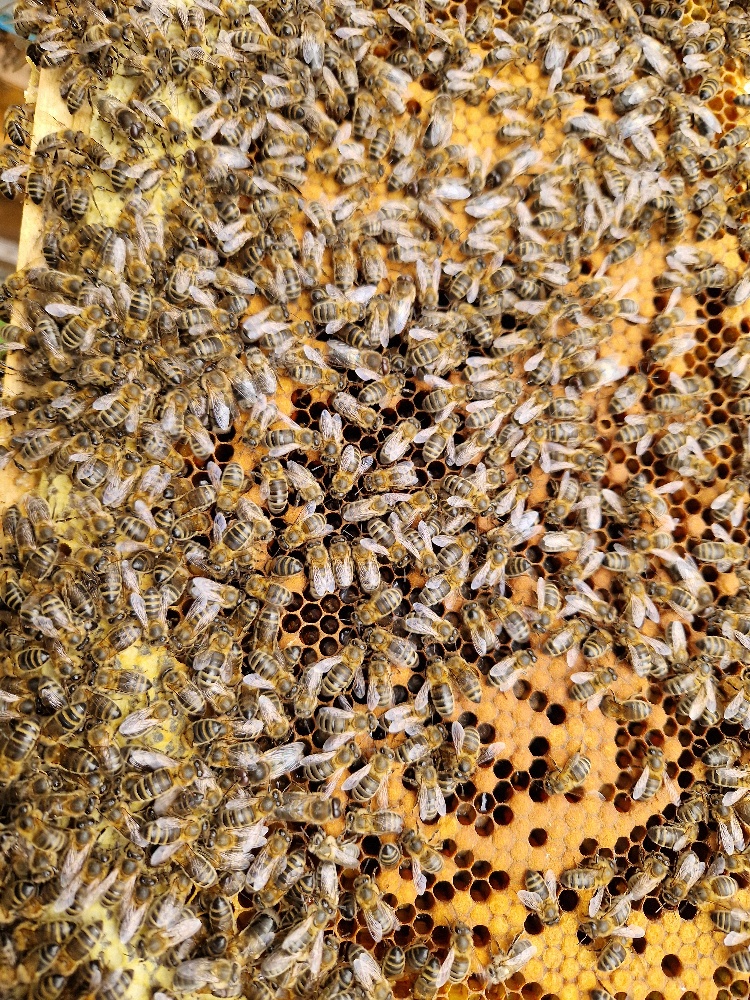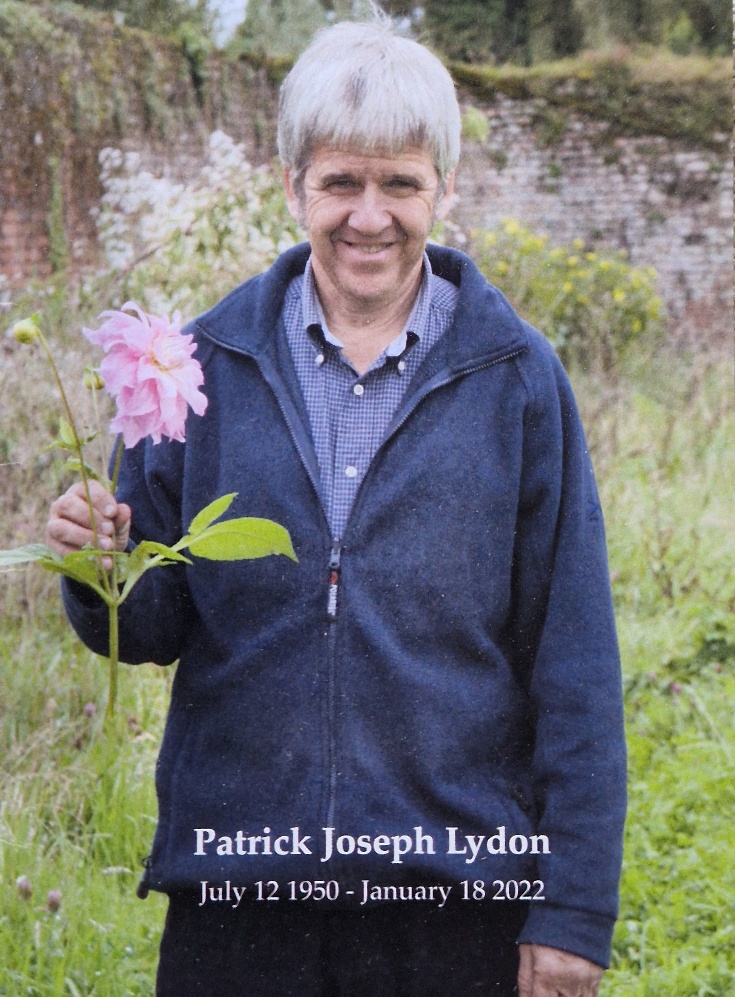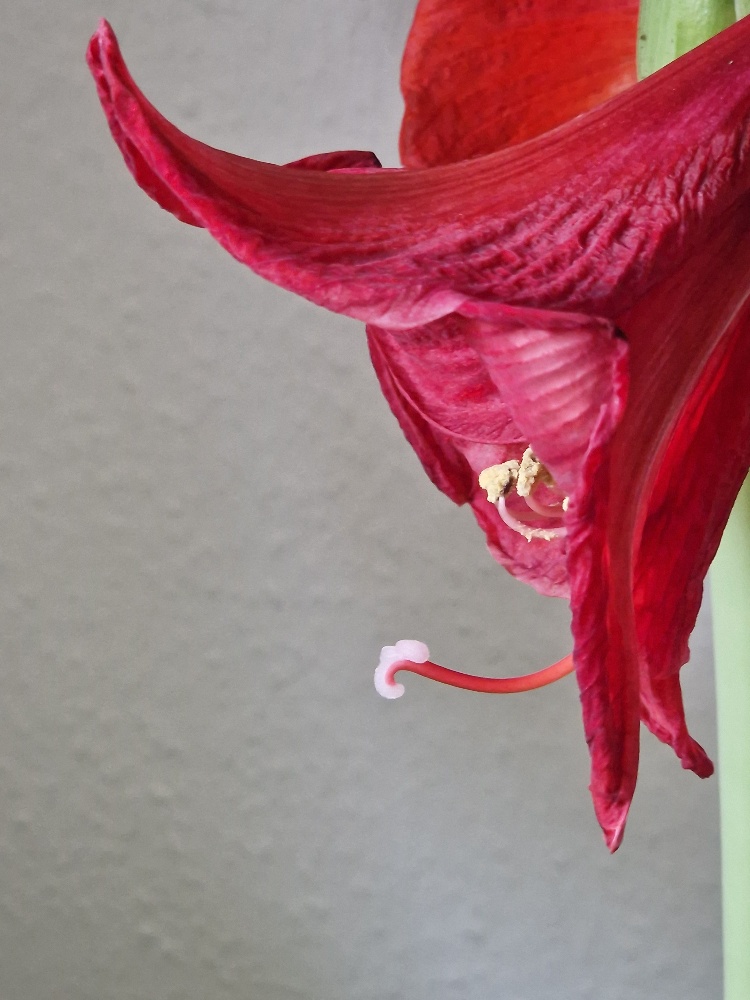Parental warmth, clearly defined limits and, respectful treatment; these conditions are absent or inconsistently present in many families….
Deb Dana, `Anchored´
The unhealed wounds of a dysfunctional family can affect multiple generations.
Alice Miller
The greatest gift you can give to your children is your own happiness and stability, especially if you come from a dysfunctional family.
Oprah Winfrey
Bees have held a fascination for me since early childhood. There have always been members of our extended family who kept bees. In fact, my paternal grandfather became somewhat of an expert in apiarian affairs and was even invited to share his experience of beekeeping in Ireland almost ninety years ago, in the early days of radio broadcasting.
The population of honeybee hives are organised into three main categories: queens, drones, and workers. Queens are the reproductive females, a singular specimen reigning in a colony at any one time.
Drones are the males, whose exclusive function is to mate with the queen bee. After mating, the drones die or are ejected from the hive.
The worker bees are the non-reproductive females. They make up most the colony’s population and are responsible for a wide range of duties, including foraging for food, building and maintaining the hive, caring for the young, and defending the colony.
The queen is the only protagonist capable of giving life to the colony of perhaps 80,000 members and maintaining order in the perfectly organised, highly stratified society. The primary function of a queen bee is to serve as the instrument of reproduction and evolution. It is through her that the Source of Infinite Abundance manifests. She is the giver of life.
A queen of quality stock in her prime, — well-mated and well-fed — can lay about 1,500 eggs per day during the spring build-up. This amounts to more than her own body weight in eggs every day. She is continuously surrounded by worker bees who meet her every need, giving her food, providing protection, and disposing of her waste. Her attendants also collect and then distribute a pheromone that inhibits the production of new queen cells.
When you open the hive, the queen is clearly identifiable thanks to her superior size.
When the queen dies suddenly, all might seem lost. Life in the hive slows down. Without new eggs, the future of the entire colony is in jeopardy. Without a replacement, the colony will suffer extinction within a few short weeks. The bees don’t panic, however. They act in the deep instinctive knowledge that a solution lies within their collective. They do not wait for salvation from outside.
The worker bees will detect the change in pheromone levels and prepare for an emergency queen rearing. They identify larvae within the proper age range and begin to condition them to become queens. They may build queen cells on top of existing worker larvae.
With a remarkable display of deeply instinctual collective intelligence, they initiate this spectacular emergency response called supersedure, which is difficult to imagine, especially if you a strong adherent of genetic predetermination or consider insects to be of a lesser intelligence than ours.
They know that transformation begins with an essential choice of new behaviour.
The supersedure process begins with the selection of some suitable ordinary larvae — the very ones who, like the worker bees themselves, would normally become ordinary barren female workers — for an extraordinary fate.
The selected candidates receive a special diet comprising a rare, highly nutritious substance produced by the worker bees, rich in protein, vitamins, and bioactive compounds. The diet fed to the presumptive queens consists exclusively of this so-called royal jelly, secreted from the glands on the heads of young workers.
In contrast, the diet for both worker and drone larvae is made up mainly of a mixture of nectar and pollen. While all bee larvae are fed some royal jelly in the first few days after hatching, only queen larvae are exclusively fed this jelly until they hatch. This diet results in a true metamorphosis.
In response to this new diet, the selected larvae develop into sexually mature females, unlike the worker bees who forever remain infertile. The larva fed exclusively on this substance no longer follows the usual path of the worker bee. Almost immediately, its body develops differently, becoming larger and stronger. Life expectancy is multiplied by a factor of almost twenty.
When the first of the selected candidates of young virgin queens emerges from her queen cell, she will immediately seek out the remaining virgin queen rivals and kill them. Only the victorious virgin queen survives this royal purge. She can now reign supreme over her colony.
This bee won’t work. She is now destined to rule. She will not follow the routine of the masses. Her new destiny will now unfold, the destiny of bringing forth life and reigning over the multitudes.
Since the newly selected queen has the exact same genetic structure as the worker bees, we can see from this example that she is created by a dramatic change in environmental conditions, brought about by those around her.
It is a transformation that is created in response to the needs of the colony, not directly pre-determined by genetics but brought about by the creative powers of the community.
Once the new queen takes over leadership of the hive, she begins laying eggs, and order is quickly restored. A new collective life cycle begins. Brought back from the brink of extinction, the colony is reborn. This is one of Nature’s wonderful examples of collective resilience and recovery.
This example holds a profound lesson for us, in terms of personal development, in the context of family and community. It reveals a template for the achievement of full human potential.
Bees demonstrate that in moments of great crisis, what helps is not despair, but clarity and action. Choices must be made, care and guidance provided. In their world, queens are not born. They are nurtured and guided into existence so that they may fulfil a higher purpose for the greater good of the entire society.
If we transfer this analogy to the human species, we could say that any ordinary child, with the right nutrition, the right environment, and the necessary support, could be transformed it into an extraordinary leader, one who brings forth life, in the most benevolent sense. This would be achieved without genetic interventions, without fanfare, just thanks to the appropriate and necessary physical, emotional, and spiritual nutrition, support, and leadership by example.
To fulfil this potential, the child would need to have a sense of self worth which facilitates access to such promise. Many of us emerge from childhood, however, with an impaired sense of self worth. This then expresses itself in dis-ease, suffering, limitation, addiction, and the many afflictions of the human condition which we find wherever we look. If in doubt, turn on the news, visit any typical workplace, or survey the history of humankind.
The fact that our species has reached such heights in the creation of beauty, — the music of Mozart, the paintings of Monet, the poetry of Rumi, etc. — has produced great scientific innovations, and is filled with stories of loving-kindness to each other in the most challenging of circumstances, reminds us that the human potential for love is boundless.
Why do so many of us operate below our full potential and what can be done to rectify this? How can we restore the abundance of self worth to ourselves and others once it has been impaired?
For those interested in the current state of human development, it should come as no surprise to discover that many of us emerge from childhood with impaired self worth. This commonly happens in the formative years of early childhood. The past century of research in developmental psychology, family dynamics, and neuroscience has produced findings which reveal a much more comprehensive view of the human condition than previously available.
These findings indicate that the conditions which lead an individual to value himself or to regard herself as a person of worth can be briefly summarised by the sustained experience, especially during the first five to seven years, of three main elements: Parental warmth, clearly defined limits, and respectful treatment. These conditions make up the content of the `royal jelly´ that each of us requires for the self worth which is the prerequisite of reaching our full potential.
They are absent or inconsistently present in many families. This is not because the parents of caregivers are malevolent, but primarily because those responsible for the emotional harmony and well-being of the `colony´ themselves grew up in homes bereft of these qualities. As parents, we cannot pass on something we haven’t got.
If the bees somehow became cut off from the instinctual wisdom of how to `create´ a queen, these insects would soon vanish from the planet. The metamorphosis described above doesn’t just affect the selected larva. It invigorates the entire colony.
How do we humans, as a species, cultivate, maintain, foster, and share the instinctual wisdom and means of transformation, such as that from the consciousness of the worker bee to that of the queen? Imagine what such transformation would contribute to our collective well-being!
In the 20th century, communities have sprung up around the principle of mutual support in overcoming the effects of addiction, both on the individual and on those with whom we walk the path of life. Once the addictive dynamic has been successfully arrested or put on hold, we invariably begin to recognise the connection between our attempts at self-medication through addiction and our experience of adversity, especially in childhood, experiences which we were ill-equipped to process in the very early years.
The good news we can garner from such movements is that it is never too late to begin to engage in the process of healing and growth that leads us to transformation. What resources are most useful when we embark on the continuous process of discovering, unfurling, and manifesting our full potential?
What may have been missing in terms of parental warmth can, in later life, be compensated by learning and practising compassion, for self, others, and the human condition. This compassion is the keystone to recovery and often extends beyond the human realm, to the realms of fauna and flora, to Creation in its entirety.
Compassion for self may take the form of forgiving ourselves for our imperfection. When we cultivate compassion, we can intercept the Inner Critic who would otherwise beat us up every time we fall short of our aspiration to become the very best version of ourselves.
It is also crucial as we begin the process of reacquainting ourselves and interacting with earlier aspects of our personality, in so-called Inner Child work. One day, my five-year-old might be delighted, the next day dismayed. His needs are very different from those of the sixteen-year-old, who, too, carries wounds yet unaddressed.
We cannot expect to have the many losses of childhood reversed or redressed by our biological parents or any other person, for that matter, be they life partners, friends, spiritual advisors, or colleagues. The only person who can now provided the necessary parenting to the Inner Child in us is the reasonably sober and caring adult we have become.
That is how the flame of parental warmth can be rekindled. The resulting sense of safety and protection becomes contagious as we move through other communal energy fields, in our primary relationships, our families, community, in group recovery settings, at work, and in social circles.
In the protection and safety afforded by the parental warmth we can begin to explore clearly defined limits. This is first and foremost the process of delineating our own boundaries.
Where do I end, and you begin? How can I become and maintain a sense of self without being selfish? How can I remain gathered in self without becoming selfless? How do I engage lovingly with others without becoming enmeshed and losing myself or acting out the old script of the need for control? The answers to these questions will gradually come, in the daily practice of our lives, and will help us find a healthy balance. Practice makes progress.
This, in turn, facilitates respectful treatment, which is, of course, always a two-way street. When we are centred in the energy of Self, we are connected to that Source of Infinite Abundance. When caught up in the self, the lower energies of the ego, we are more likely to disrespect others and allow them to disrespect us.
These three elements make up the royal jelly which nourishes the transformation to which we all inherently aspire, whether above or below the threshold of our awareness. As in the case of the bees, the collective creative force which embraces and affirms life is stronger than any individual considerations. Supersedure seems to be embedded in our spirit.
When the flow is initiated and maintained, the new order begins to take shape. We begin to heal from old debilitating thinking patterns, feelings, and behaviours. We gradually become the channel for the energies of healing, recovery, growth, and the unleashing of our shared full human potential.
And perhaps – just as in the beehive – who we think we are at the beginning of the transformation process does not seem to matter as much as our willingness to let go, follow the call, and to be transformed, in the trust that we will receive the royal jelly required to ensure an auspicious outcome.










